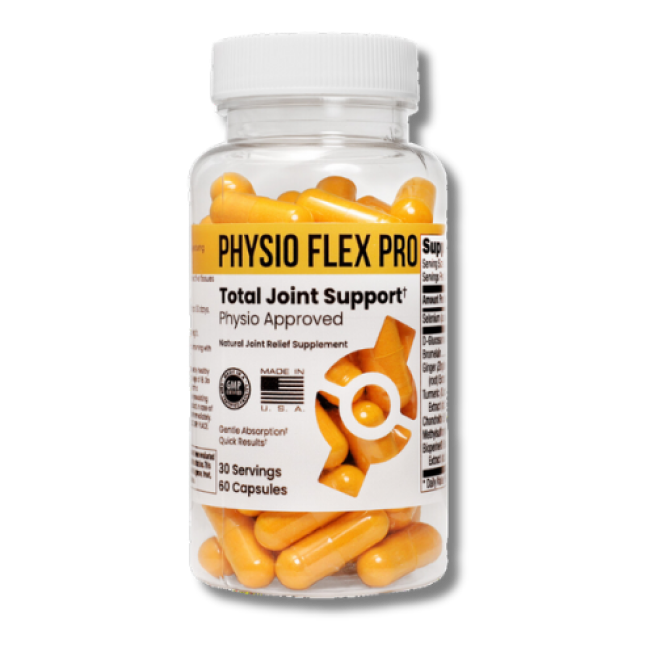When it comes to joint health, there are two distinct paths: prevention and management. While both have their place, understanding the differences—and the optimal timing for each approach—can dramatically impact your long-term mobility and quality of life. In this comprehensive guide, we'll explore both strategies, backed by the latest research, to help you make informed decisions about your joint health journey.
The Prevention Approach: Building Your Joint Health Foundation
What Prevention Looks Like:
- Proactive supplementation before symptoms appear
- Regular low-impact exercise routines
- Anti-inflammatory nutrition habits
- Proper body mechanics and ergonomics
- Weight management for joint protection
The Research on Prevention:
A landmark 2024 study published in Arthritis Research & Therapy followed 5,000 adults over 10 years and found that those implementing preventive strategies showed:
- 67% less likelihood of developing osteoarthritis
- 43% better joint function scores at age 60+
- Significantly lower healthcare costs over time
Prevention Timeline:
- 20s-30s: Focus on building strong movement patterns and bone density
- 40s: Begin targeted joint support supplementation
- 50s+: Intensify prevention efforts as natural wear increases
The Management Approach: Addressing Existing Concerns
What Management Looks Like:
- Targeted interventions for existing discomfort
- Modified exercise routines
- Therapeutic supplementation
- Pain management strategies
- Lifestyle adaptations
The Research on Management:
Recent 2025 studies show that even after joint issues develop, comprehensive management can:
- Reduce progression by up to 42%
- Improve daily function scores by 31%
- Decrease reliance on pharmaceutical interventions
Prevention vs. Management: The Key Differences
Cost Comparison:
Prevention Approach:
- Lower daily investment
- Consistent, moderate costs
- Long-term savings on healthcare
Management Approach:
- Higher initial investment
- Variable costs based on severity
- Potential for expensive interventions later
Supplement Strategy Differences:
Prevention Focus:
- Moderate doses of key ingredients
- Emphasis on anti-inflammatory compounds
- Consistent daily routine
- Example: Physio Flex Pro's balanced formula works excellently for prevention with its comprehensive blend of Glucosamine (500mg), Turmeric (250mg), and supporting ingredients
Management Focus:
- May require higher therapeutic doses
- Multiple targeted supplements
- More intensive protocols
- The same comprehensive formula can serve management needs when combined with lifestyle modifications
Timeline Expectations:
Prevention Results:
- Subtle improvements in mobility
- Maintained function over decades
- Fewer "bad days"
- Results timeline: 3-6 months for noticeable benefits
Management Results:
- More dramatic symptom relief
- Improved daily function
- Better exercise tolerance
- Results timeline: 4-8 weeks for initial improvements
The Hybrid Approach: Best of Both Worlds
Why Combination Strategies Work:
Many people benefit from combining prevention and management approaches:
- Address current concerns while preventing future issues
- Comprehensive ingredient profiles that serve both purposes
- Cost-effective long-term strategy
Real-World Application:
Sarah, 52, started experiencing morning stiffness (management need) but wanted to prevent further deterioration (prevention goal). Her approach:
- Daily comprehensive supplementation
- Modified exercise routine
- Anti-inflammatory nutrition
- Regular movement breaks at work
Result: 78% reduction in morning stiffness within 6 weeks, plus maintained activity levels over 2 years.
Making the Right Choice for You
Choose Prevention If:
- You're under 45 with no current joint concerns
- You have family history of joint issues
- You're highly active and want to stay that way
- You prefer proactive health approaches
Choose Management If:
- You're experiencing regular joint discomfort
- Morning stiffness affects your daily routine
- Previous injuries are causing ongoing issues
- You need more immediate relief
Consider Both If:
- You have some concerns but want to prevent worsening
- You're over 50 regardless of current symptoms
- You want the most comprehensive approach
- You're committed to long-term joint health
The Role of Comprehensive Supplementation
Whether you're focused on prevention or management, research consistently shows that multi-ingredient formulas outperform single-ingredient approaches. The synergistic effect of combining:
- Structural support (Glucosamine, Chondroitin, MSM)
- Anti-inflammatory compounds (Turmeric, Ginger, Bromelain)
- Absorption enhancers (BioPerine)
- Antioxidant support (Selenium)
This combination addresses multiple pathways simultaneously, making it effective for both prevention and management strategies.
Conclusion
The choice between prevention and management isn't always either/or. The most successful joint health strategies often incorporate elements of both, adapted to your current needs and long-term goals. Whether you're 25 and thinking ahead or 65 and managing current concerns, the key is consistency, comprehensive approaches, and evidence-based strategies.
Remember: it's never too early to start prevention, and it's never too late to begin effective management.






